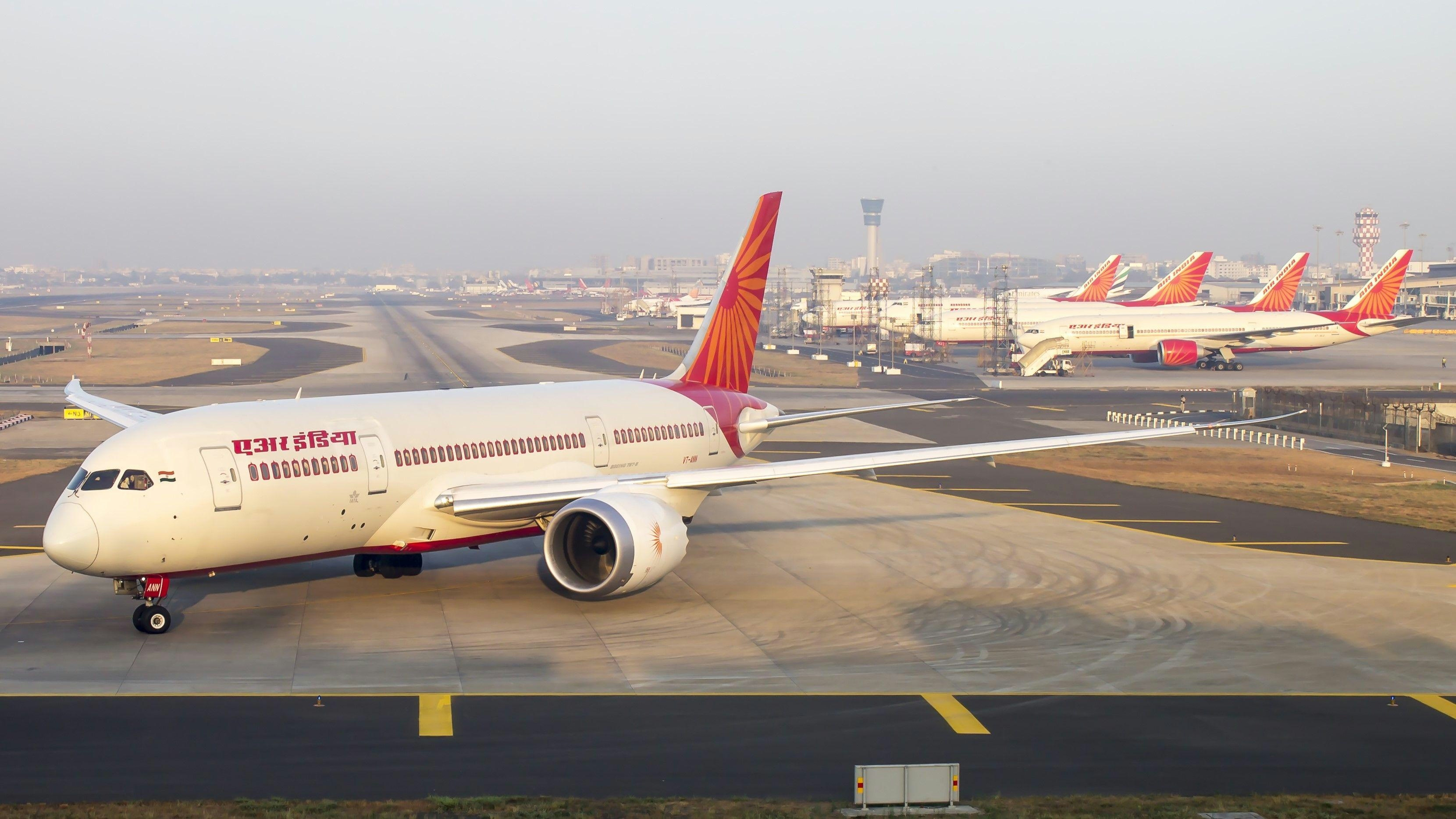
Smarter email, faster business.
Trending
The Mystery of AI-171 Explained
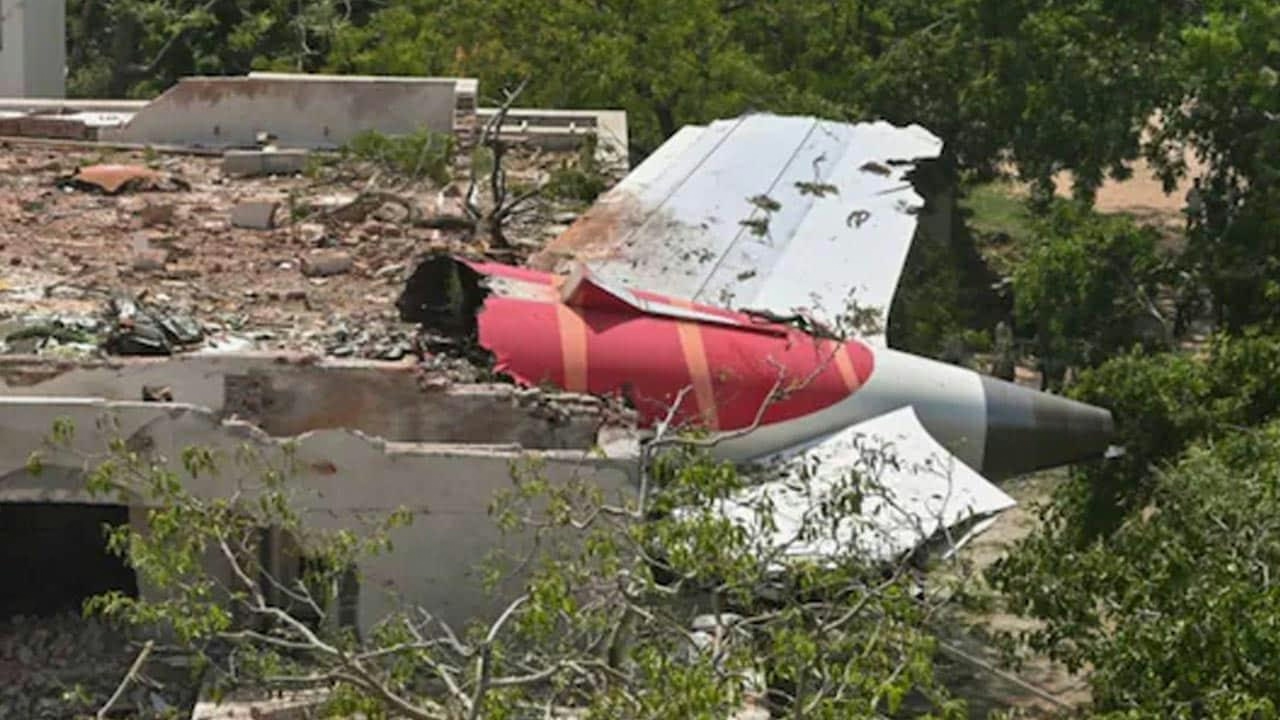
The Mystery of AI-171 Explained
Aviation accidents often draw intense global scrutiny, not only because of the potential loss of life but also due to the complex technical factors involved. One notable case is the emergency landing of Air India Flight AI-171, a Boeing 787 Dreamliner, in 2017. This incident has since sparked considerable debate regarding aviation safety and manufacturing standards. Recently, analyst Dhruv Rathee provided a comprehensive breakdown of the event, shedding new light on the circumstances and their implications for the future of aviation and technology.
The Incident That Raised Questions
On February 10, 2017, Air India Flight AI-171 was traveling from Ahmedabad to London via Mumbai when it was compelled to make an emergency landing in London due to technical difficulties. Initially regarded as a routine precaution, the situation escalated when reports surfaced of a hole discovered in the aircraft’s fuselage—a critical structural component designed to endure the extreme pressures experienced at cruising altitude. This discovery raised urgent questions about how such a defect could have occurred and why it had not been detected earlier in the aircraft’s operational life.
The Dreamliner’s Promise and Pitfalls
The Boeing 787 Dreamliner was introduced as a significant advancement in fuel efficiency and passenger comfort, largely due to its innovative carbon-composite structure. However, since its debut, the aircraft has encountered several technical challenges, including battery fires, software malfunctions, and structural concerns such as those revealed by the AI-171 incident. This event exposed a disconnect between the Dreamliner’s technological ambitions and the practical realities of large-scale aircraft manufacturing.
What Really Happened?
Drawing on verified reports and engineering data, Rathee’s analysis clarifies that the hole was not the result of an in-flight event but rather a pre-existing manufacturing defect. Specifically, a panel in the rear fuselage had been improperly manufactured or repaired, causing a deformation near the tail section. Fortunately, this part of the aircraft does not bear the same pressurized load as the main cabin, which allowed the plane to continue operating safely for several flights before the defect was identified.
This case is not isolated. Boeing’s manufacturing processes, particularly at its Charleston, South Carolina facility, had already come under scrutiny amid allegations from whistleblowers about rushed production schedules and compromised quality control. The AI-171 incident thus highlights broader systemic issues within the aerospace industry.
Broader Implications: Competition, Legal Risks, and Evolving Standards
The challenges exemplified by the AI-171 incident resonate beyond aviation, reflecting dynamics in the rapidly evolving technology sector. Established companies such as Nvidia are experiencing rapid growth, intensifying competition and raising the stakes for quality and innovation. Market responses to such incidents are increasingly influenced by external factors, including major technology events like Apple’s Worldwide Developers Conference and key economic indicators such as inflation data.
At the same time, the legal environment is shifting. Competitors are increasingly resorting to litigation in response to technological disruptions, as seen in recent lawsuits filed by Disney and Universal against the AI startup Midjourney over issues of creative control. Concurrently, new startups are emerging to evaluate and price the risks associated with advanced artificial intelligence, reflecting a growing awareness of the need for robust oversight and accountability.
Conclusion
The AI-171 incident underscores the complexities and risks inherent in both aviation and cutting-edge technology. As manufacturers and technology companies accelerate innovation, the necessity for stringent quality control, transparent processes, and proactive risk management becomes ever more apparent. The lessons drawn from AI-171 extend well beyond the aviation sector, serving as a cautionary example for any industry navigating the challenges posed by rapid technological advancement.
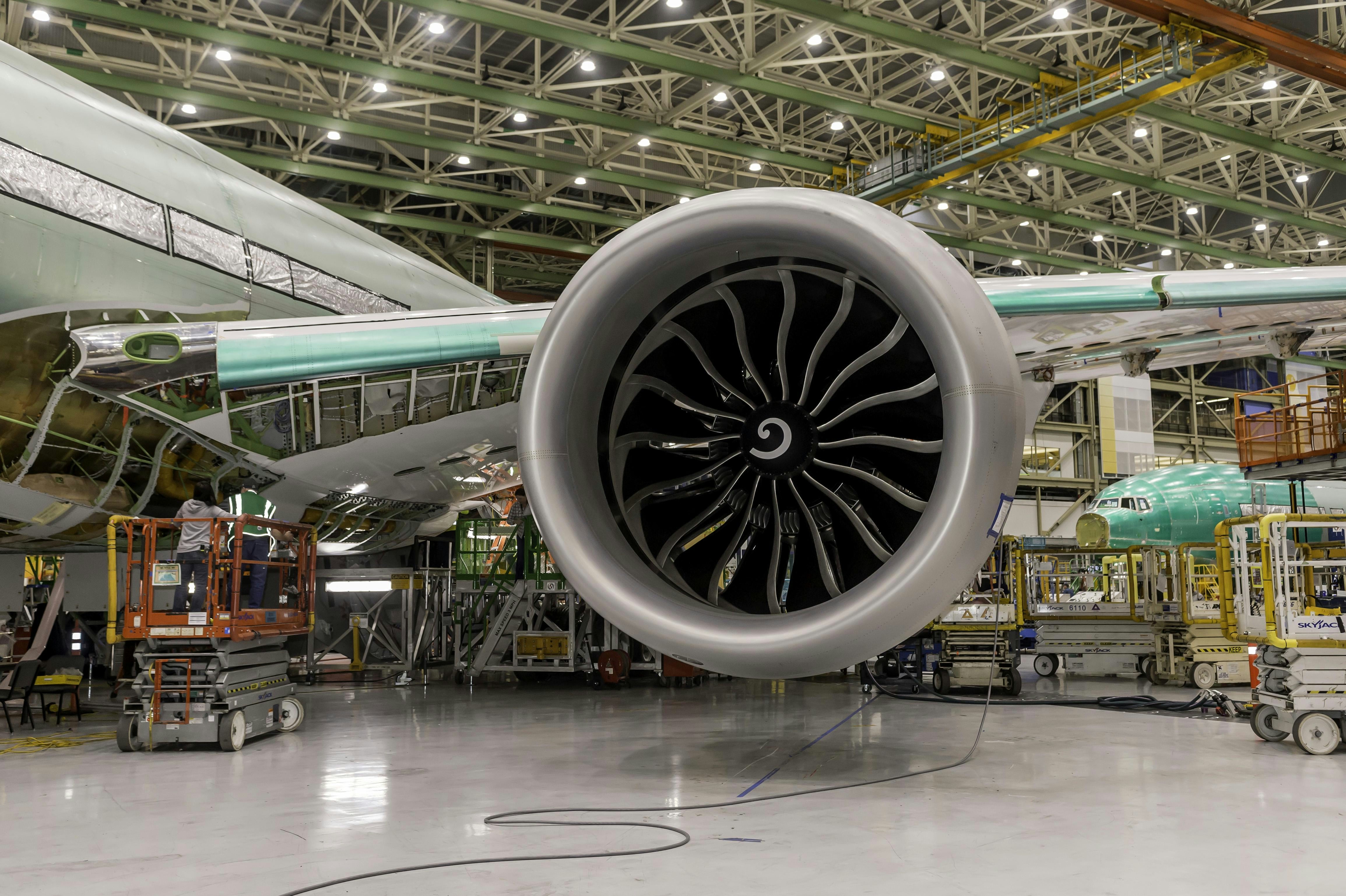
IATA Says Airlines Hesitant to Accept Aircraft Deliveries Amid Tariff Uncertainty
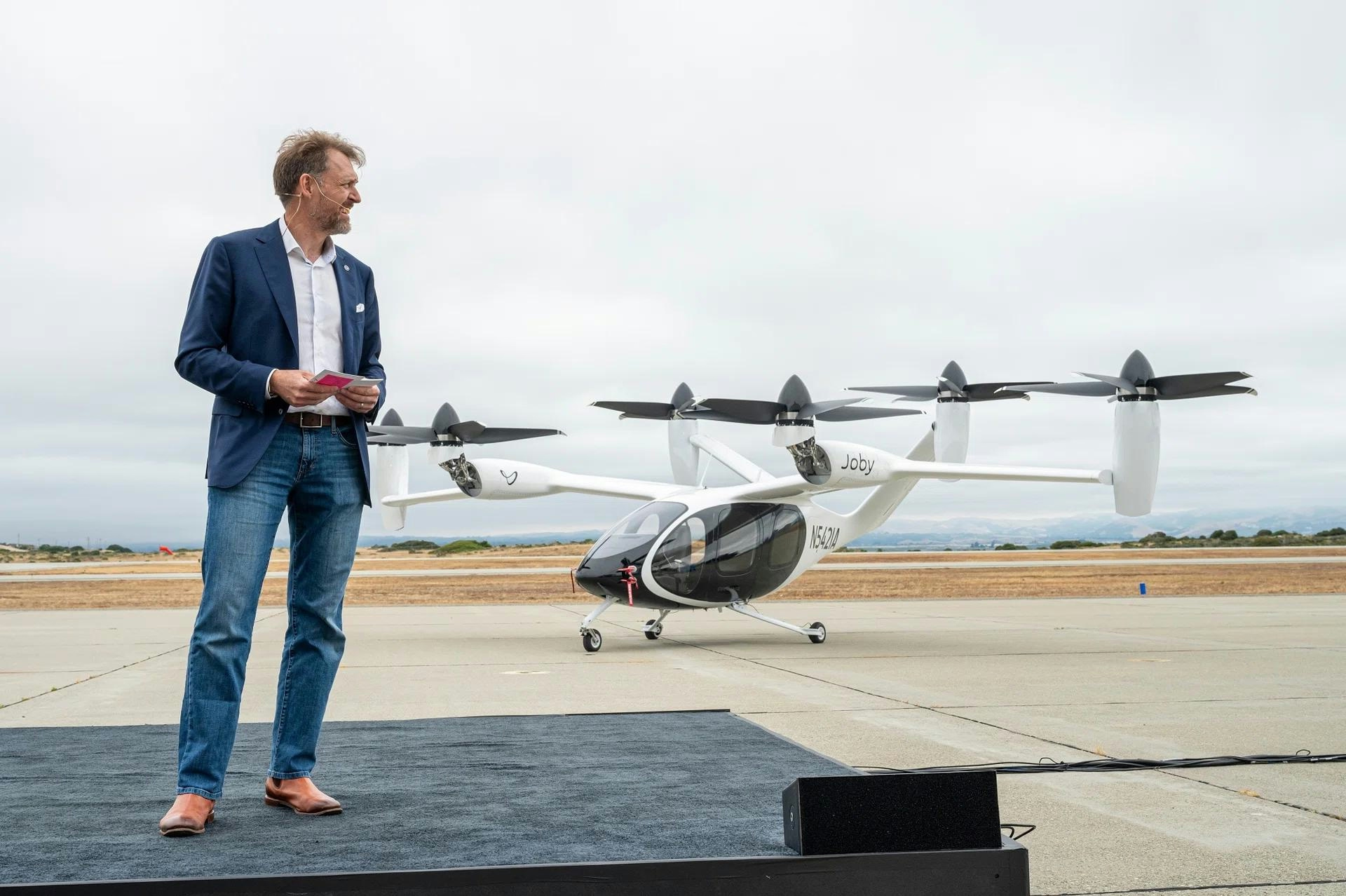
Flying Taxi CEO Regains Billionaire Status After Stock Surges 160%
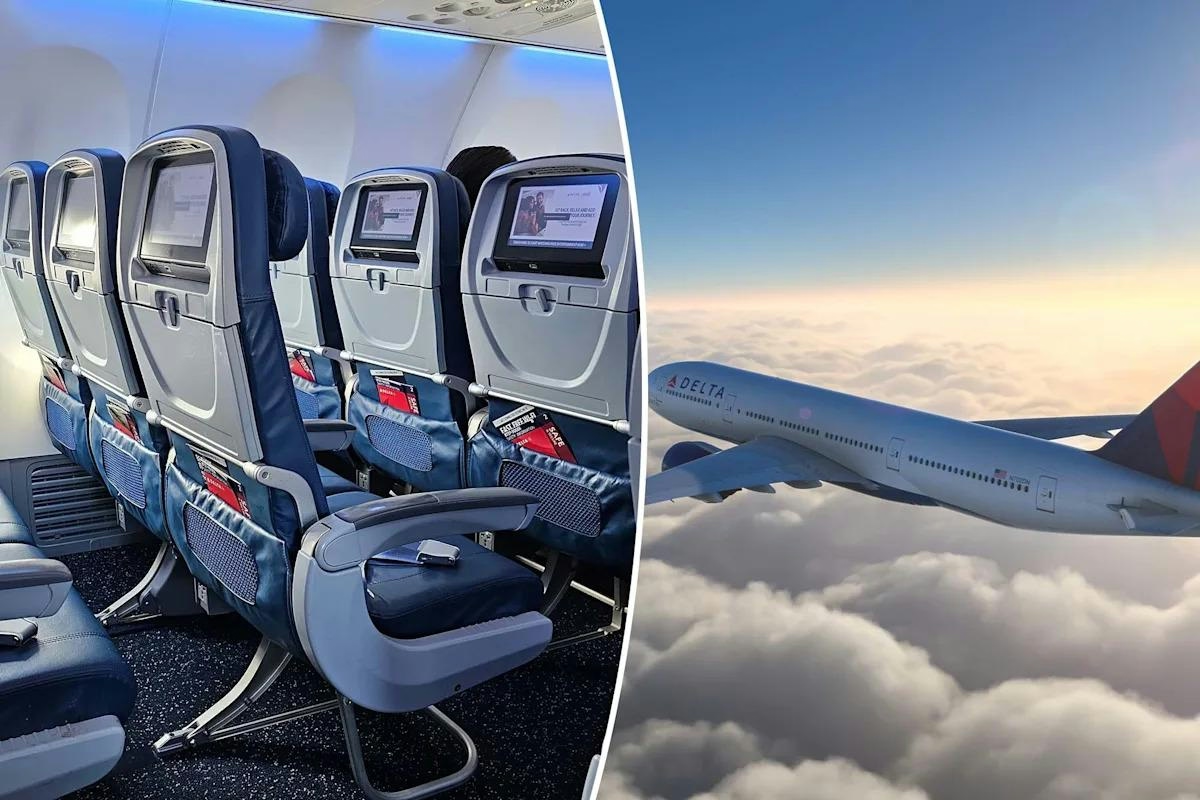
Delta to Use AI for Ticket Pricing
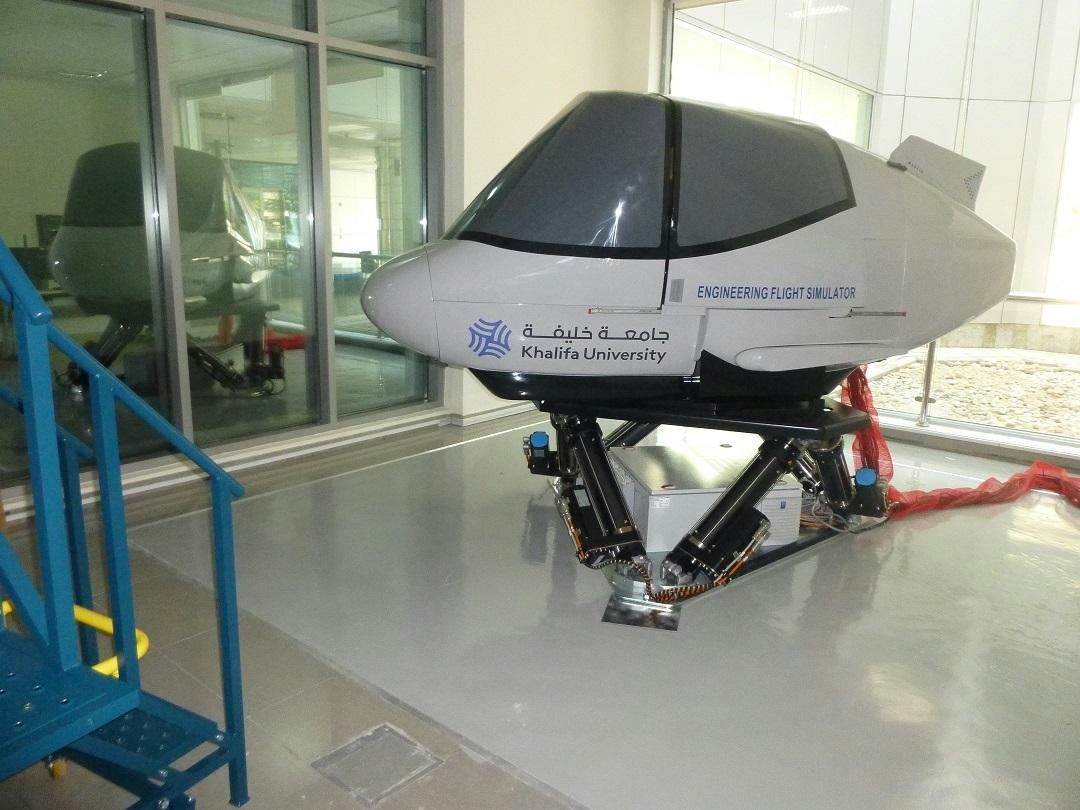
Khalifa University Students Drive Aerospace Innovation with Merlin MP521 Flight Simulator
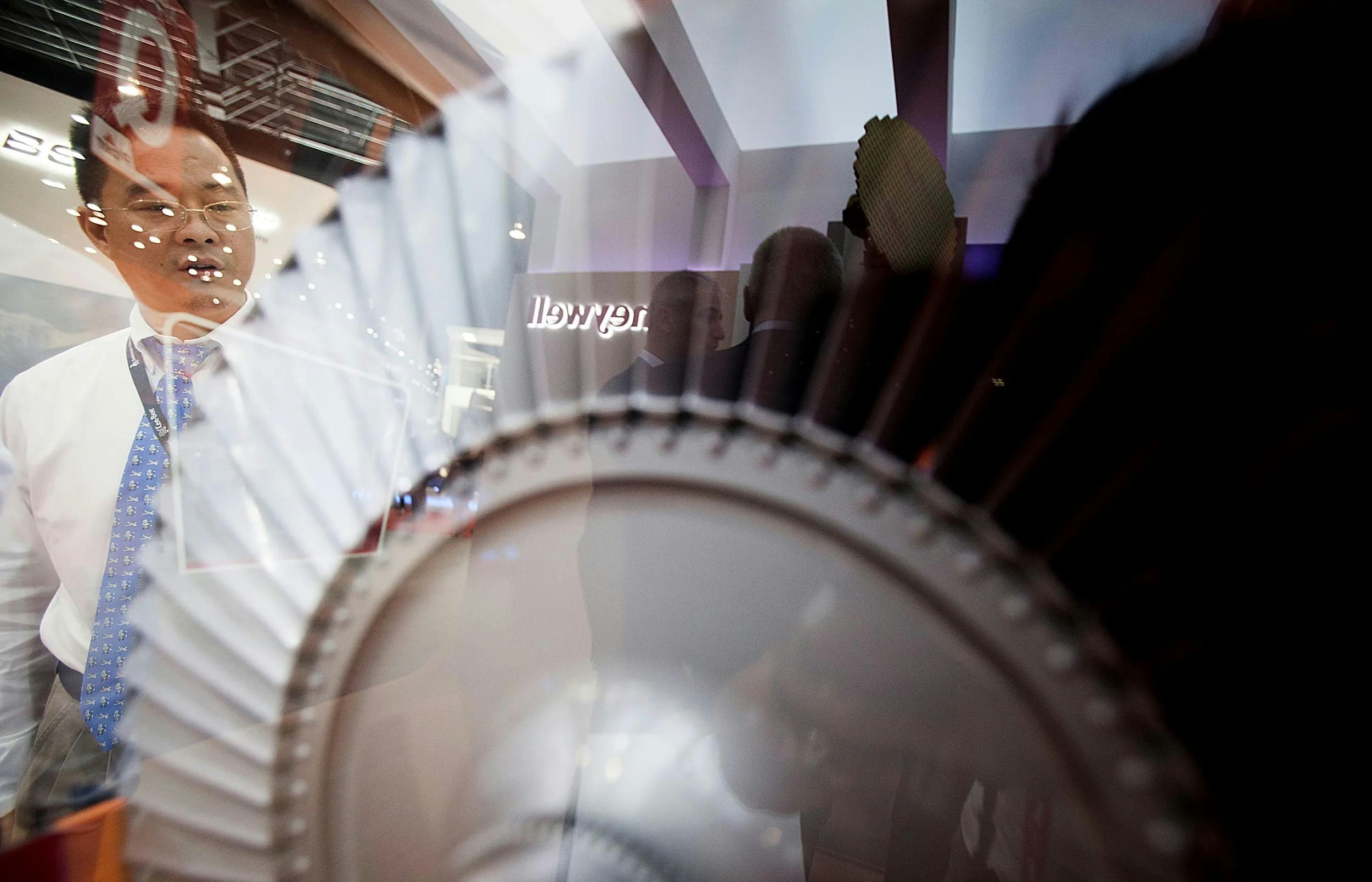
Woodward Stock Gains on AI Data Center and Aerospace Prospects
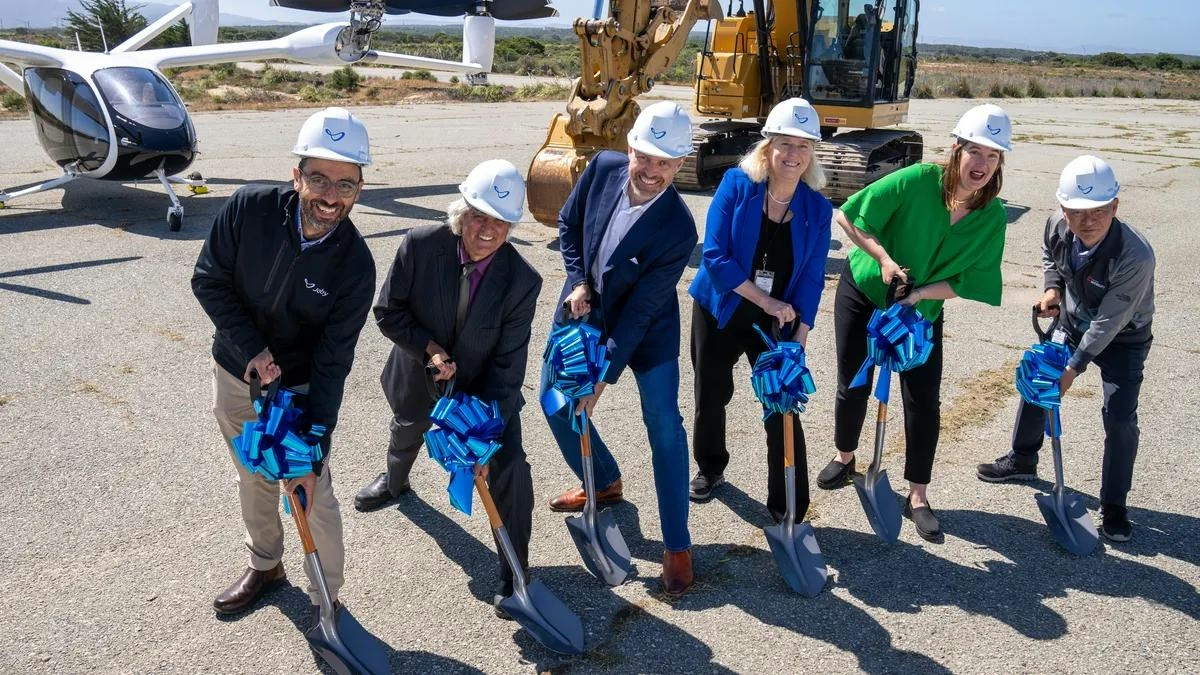
Joby Aviation to Double Production at Air Taxi Manufacturing Facility

Military Aircraft Maintenance Market Projected to Reach $145 Billion by 2034
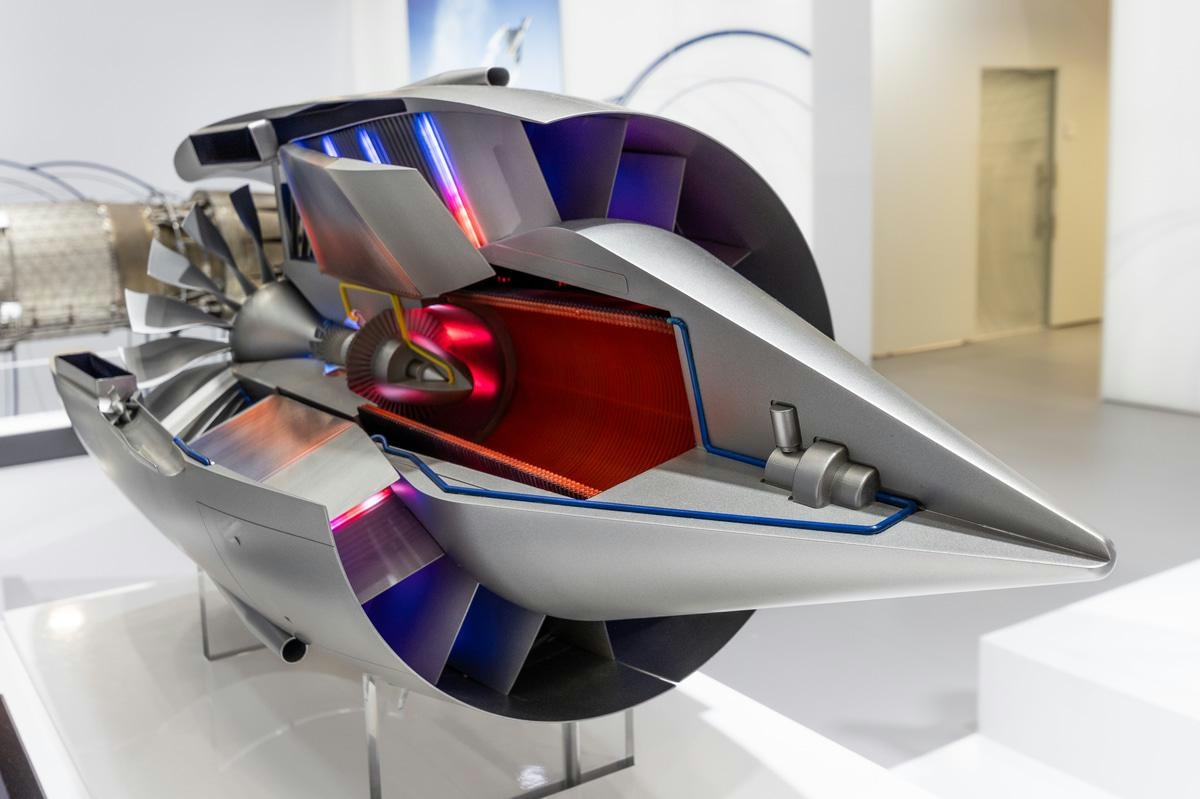
King’s Advances Jet Zero Initiative with Hydrogen Engine Project

Air China A350 and Freighter Nearly Collide Over Russia
